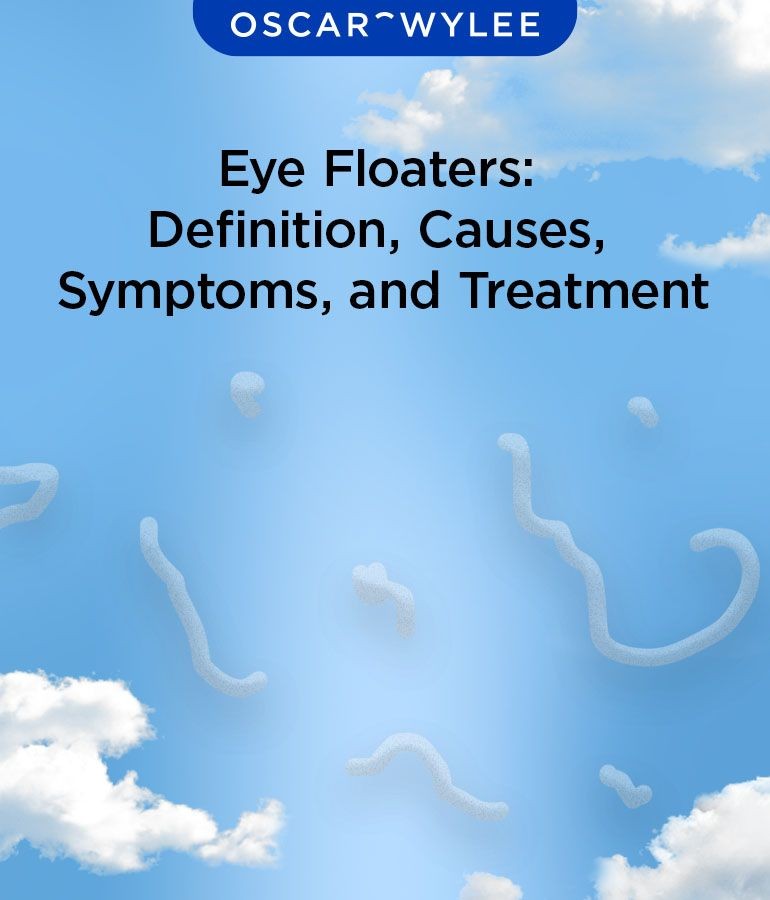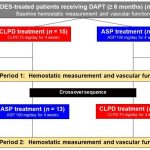
Black Eye
A black eye results from injury to the face or head, causing blood and other fluids to collect around the eye. Swelling and dark discoloration create a "black eye" or "shiner."
Most black eyes are minor injuries that heal on their own in a few days, but they may indicate a more serious injury.
Although called a "black eye," the eye itself is usually unharmed. The tissues around the eye may be discolored and swollen like a bruise around the eye.
The skin around the eye is loose with fat underneath, making it prone to fluid accumulation when injured. Injuries to the eyebrow, nose, and forehead often cause black eyes due to gravity pulling blood and fluid into the soft tissues around the eyes.
As a black eye heals, swelling decreases, and the bruise gradually fades from dark purple to light purple, then greenish, and finally yellow.
Causes of a black eye include a blow to the eye, nose, or forehead. Injuries to the nose often cause both eyes to swell. Other causes include surgical procedures to the face and certain head injuries.
Swelling around the eye can also result from allergic reactions, bites, cellulitis, angioedema, and dental infections.
Symptoms of a black eye include swelling and pain accompanied by discoloration from bruising. The area around the eye may start red and progress to a darker shade as swelling increases. Blurry vision or difficulty opening the eye may occur temporarily. Severe symptoms like double vision, loss of sight, abnormal eye position, or inability to move the eye may indicate a severe injury.
Seek medical attention if vision changes, severe pain or swelling persists, there is unexplained swelling around the eyes, signs of infection are present, behavioral changes occur, or nausea, vomiting, and dizziness develop.
Immediate medical care is necessary if there are changes in vision, inability to move the eye, suspected eye penetration, obvious blood in the eye, eye deformity, fluid leaking from the eyeball, lacerations to the eye area, signs of a head or facial injury, broken bones or teeth, loss of consciousness, changes in behavior, nausea, vomiting, dizziness, difficulty walking, blood or clear fluids coming out of the nose or ears, use of blood thinners or bleeding problems, swelling after a bee sting near the eye, or suspected eye infection.
For diagnosis, a doctor will perform a physical exam, shine a light into the eyes, examine the eye, test eye movement, and assess facial bones. Additional tests such as X-rays or CT scans may be done if needed.
Treatment for a black eye involves rest, ice, pain medications, elevation, and protection of the injured area. Apply ice for 20 minutes every hour for the first 24 hours. Use a cloth or commercial ice pack to avoid cold injury.
To prevent a black eye, check the home for potential fall hazards, wear appropriate protective gear during activities, and use goggles or eye protection in potentially hazardous situations.


